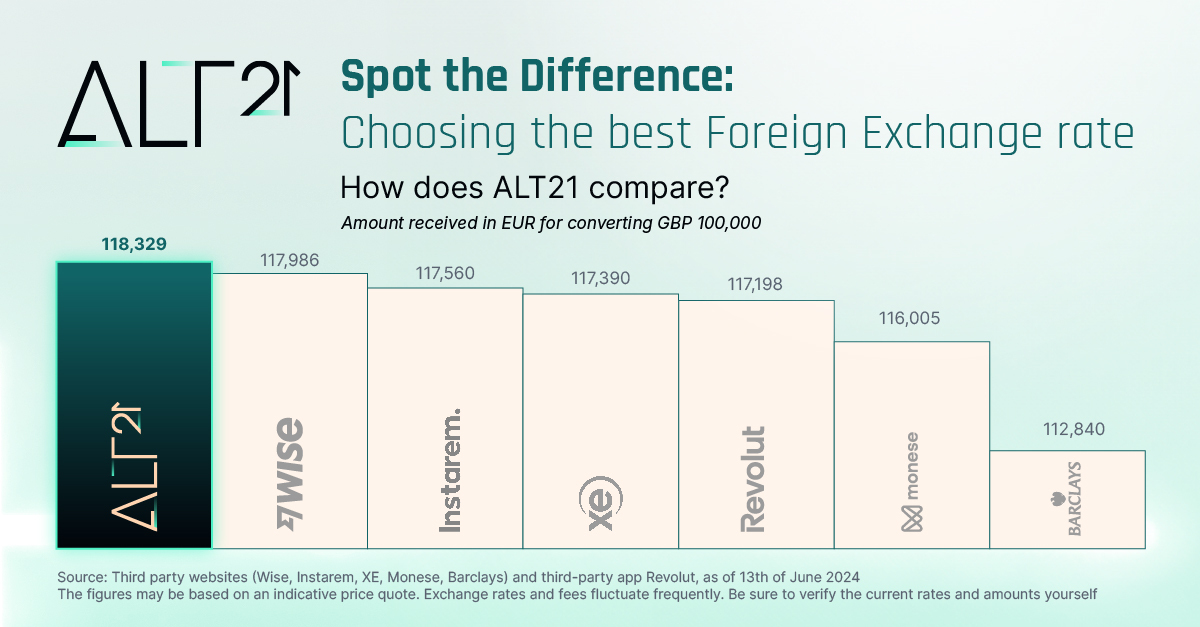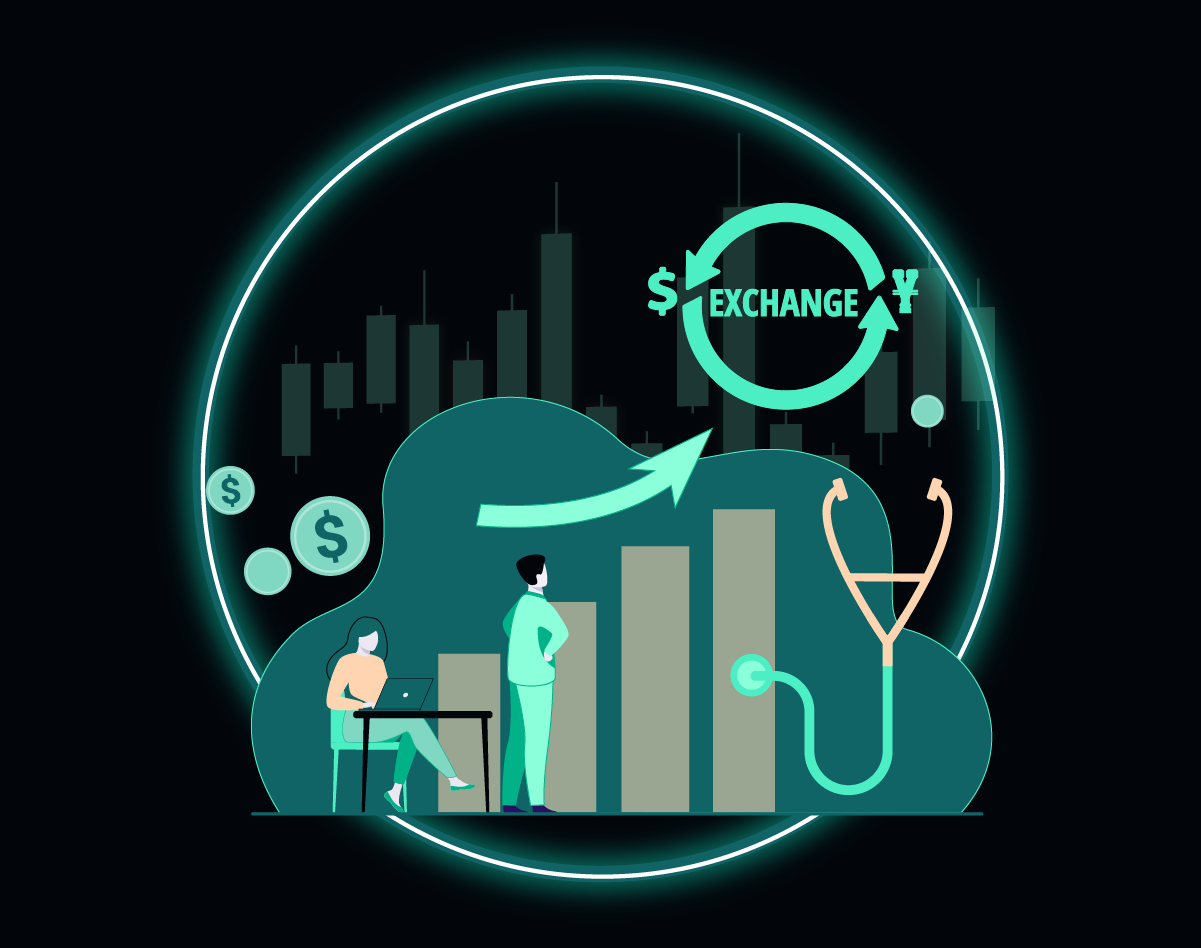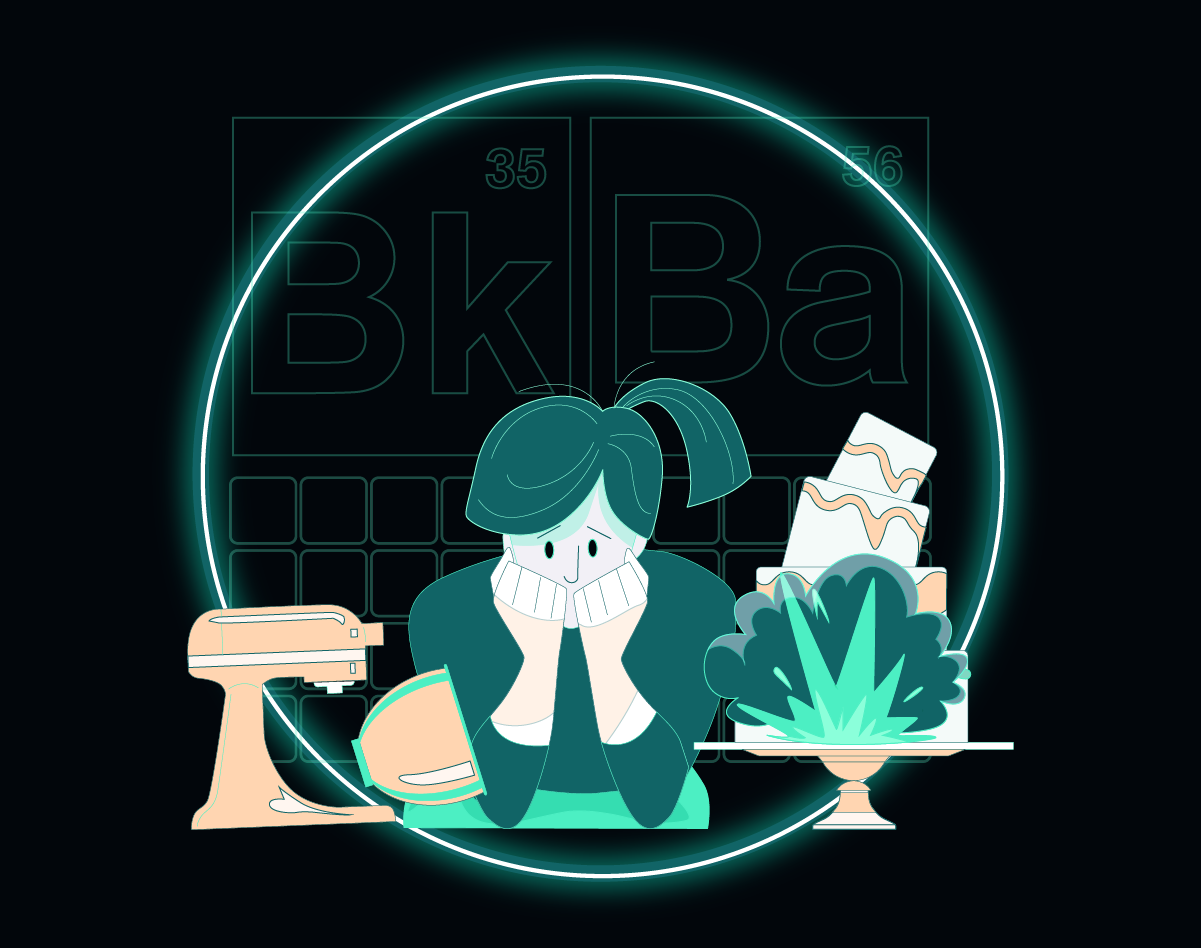It’s Saturday night and you can’t be bothered to cook. So you whip out your phone, fire up your favourite food-ordering app, and ponder the age-old question: curry, chippy, or Maccy D’s?
What you might not realise is that, regardless of what you end up ordering — and where from — it may well be that your food will be prepared in the same kitchen.
No, we aren’t making this up.
This kind of setup is known as a ghost kitchen: an arrangement where a fully equipped and licensed commercial kitchen rents itself out to restaurants. Sort of like a shared office space where the office workers happen to be chefs.
The ghost kitchen earns steady income without having to hire waiting staff, deal with customers, or find a prime location — many ghost kitchens are situated in industrial parks because rents are cheaper, which allows them to maximise profits.
In return, restaurants can service customers at lower cost, without having to worry about sourcing and maintaining premises and equipment.
And as for you, the customer, you can order whatever meal you fancy from your phone, at a price that won’t make you lose your appetite.
Win-win-win.
In the fintech space, we’re witnessing something similarly revolutionary. Increasingly, brands are embedding financial products into their platforms in order to offer financial products to their customers at the right time during the customer journey. Using data they have on their customer’s, they match up the right banking product to the user need and improve user engagement thanks to banking-as-a-service.
This is happening because, just as ghost kitchens loan out their space and equipment, financial services businesses are loaning out their services, know-how, and capabilities to non-financial services businesses through an arrangement called BaaS.
So what exactly is BaaS? How does it work? And why has it become one of the most talked about trends in fintech over the past few years?
What is BaaS?
BaaS — banking-as-a-service — is a business model that enables any company to offer banking products without having to become a bank. This is possible because the company rents out the banking infrastructure it needs from a trusted and fully licensed provider.
Imagine you’re a relocation specialist. Your company helps individuals and families with the logistics of moving to a new and unfamiliar country — from obtaining visas, to opening bank accounts, renting or buying accommodation, and enrolling the clients’ kids in school.
In the course of your work, you identify a gap. You realise your customers often pay more than they have to or lose money when they exchange currencies ahead of their move.
If the exchange rate becomes unfavourable it eats into their property deposit, for instance. Or shrinks the value of the savings they were planning on using to tide them over while they get situated.
You ponder the issue until, one fine day, you get a brilliant idea. What if you could offer clients a way to lock in their exchange rate for a set period, for a small additional fee?
There’s just one problem.
Well, several.
For starters, if you started dabbling in exchange rates, your business would have to become regulated. And obtaining a financial services licence is a costly, onerous, and lengthy process.
More to the point, you need the startup capital, infrastructure, and technical know-how to build the product, plus skilled staff to develop it, maintain it, and handle ongoing compliance with the conditions of your licence.
When you factor all this in, your brilliant idea doesn’t look very feasible anymore, right?
But with BaaS, that’s not an issue.
You can create the product using ready-made building blocks (more on this in a minute), or — even simpler — buy the finished product and slap your branding on it, so it looks like you’ve made it yourself.
All of a sudden, building and launching your product has become much easier and cheaper to do.
And that’s just one example of BaaS’s potential.
If you’re an accountant, you could offer clients who do business or own assets abroad a way to protect their balance sheet against foreign currency exposure.
And, in a totally unrelated example, if you’re a gym operator, you could offer your members health insurance, using data about their physical fitness to keep premiums low.
The possibilities are endless. And, in all three cases, you don’t have to apply for a licence, hire specialists, or handle the admin that takes place behind the scenes. The only thing you have to worry about is selling the product.
How does BaaS work?
The BaaS business model typically involves two or three layers that work together in much the same way as the different pieces in a jigsaw create a single, cohesive image.
On the one hand, banks and licensed companies like Assure Hedge can create products and make them available through an API — a string of computer code that’s been productised following an established standard, usually HTTP or REST.
The product could be access to back-office services such as compliance and custody of funds, or it could be fully-fledged customer-facing software like X-Hedge, our hedging platform that allows you to manage currency hedging products for customers out of the box.
Either way, the API is the building block on which you create your own financial services product.
The financial services company can create this API — or more than one API — in-house. Or, if they don’t have the technological capabilities, they can work with one or more third-party BaaS providers.
These companies have specialised technologies that productise financial services companies’ capabilities, connect them to the non-financial brands who will use those services, and orchestrate the relationship. Or they could even use banks’ APIs to create more sophisticated products.
The final layer is the non-financial brand.
Any company can buy a subscription to the API and white label it — that is, add their own custom branding and present it as if it were their own — or use it to create a completely new product.
It might sound simple or straightforward, but it takes years to develop the right product and a thorough understanding of financial regulations to be able to offer these type of products.
BaaS is transforming financial services. And that’s a good thing.
Ten, or even five years ago, nobody would’ve thought it was possible to run a successful restaurant without owning premises or a single piece of cooking equipment.
But here we are. Advances in technology have made this not only commonplace, but advantageous.
BaaS is bringing a similar sea-change to financial services. And everyone stands to benefit.
If your core business isn’t financial services, BaaS is an opportunity to go the extra mile for your customers. And you get to add a tidy stream of extra revenue to your balance sheet in the bargain, without having to hire extra staff or pivot too much.
Similarly, if you’re a financial services business, you can earn more without increasing your overhead or customer acquisition costs. You lend out your expertise and let the non-financial services business worry about finding and serving customers.
But the customer is the biggest winner of all.
Gone are the days when people had to settle for whatever financial services product was available. Thanks to BaaS, anyone can benefit from valuable products that could make a difference to their lives — including products, like currency hedging — that they’ve never had access to before.
And that’s a good thing.
Want to start offering complementary financial services products to your customers without the upfront cost or ongoing obligations?



